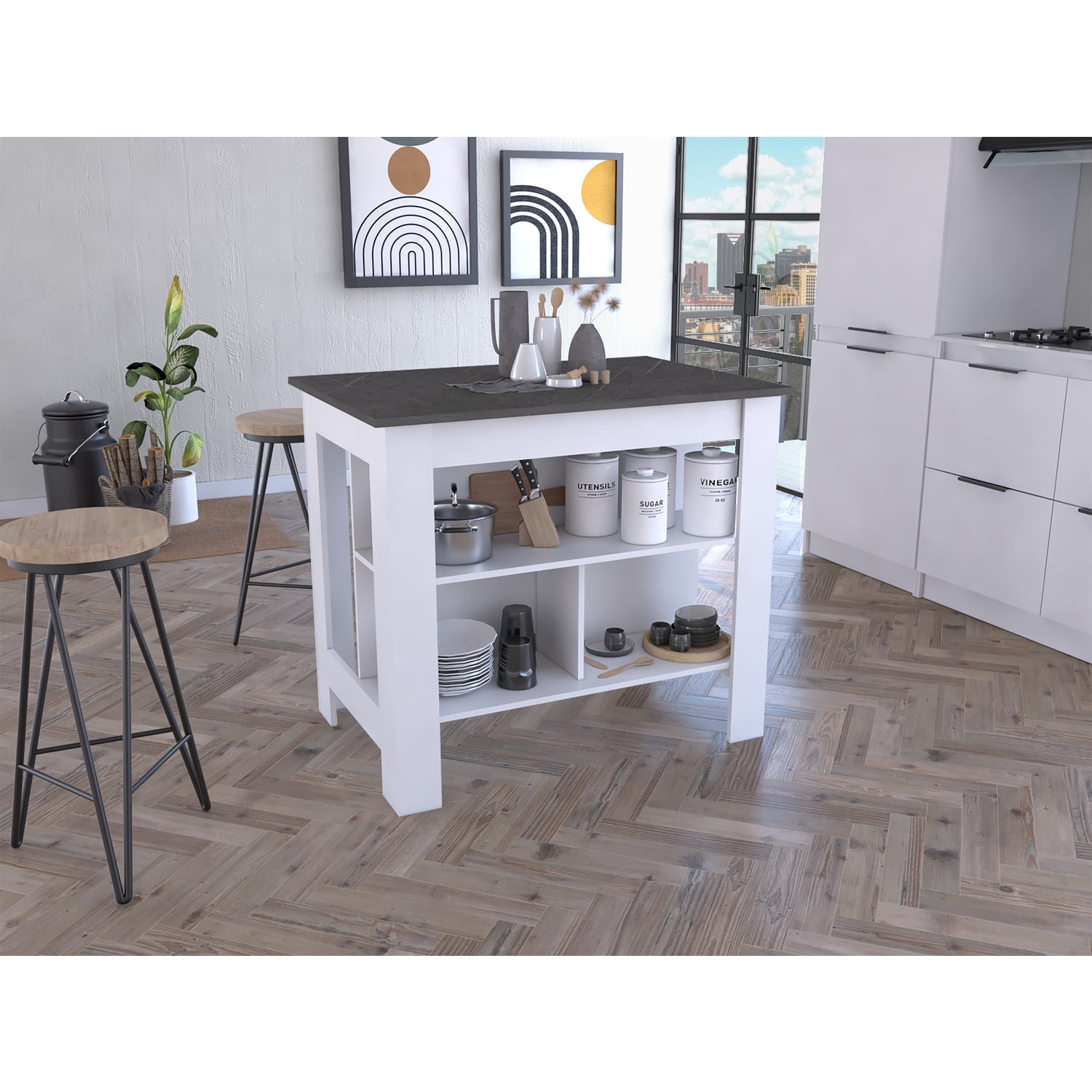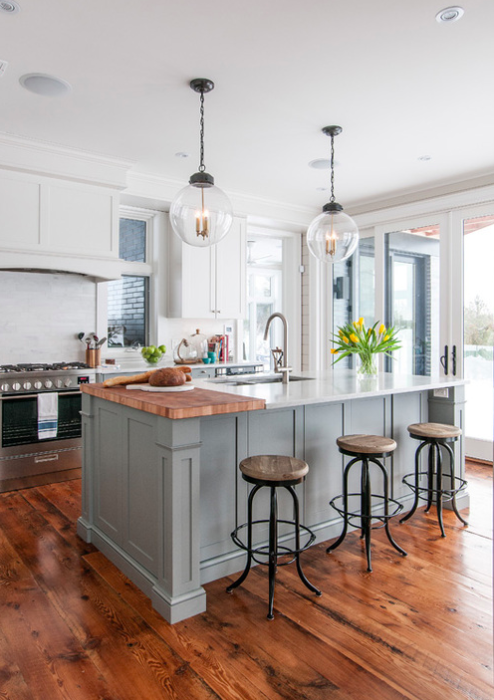Essential Factors to Consider When Selecting Legs For Kitchen Island
Selecting the appropriate legs for a kitchen area island entails a cautious analysis of multiple aspects that can considerably affect both capability and aesthetic charm. As we explore these aspects, it comes to be clear that each decision can have significant implications for the general cooking area experience.
Material Options
When choosing legs for a cooking area island, understanding the different product options is vital for attaining both aesthetic appeal and architectural integrity (Legs For Kitchen Island). The option of product significantly influences not just the resilience of the island however also its general design and performance
Metal legs, commonly made from stainless steel or functioned iron, add a industrial and modern feel while making certain resilience and stability. These products are immune to use and can support substantial weight, making them perfect for larger islands.
An additional alternative is crafted materials, like MDF or plywood, which can be a lot more affordable while still providing a range of coatings. They may not give the exact same degree of security as solid timber or metal. Legs For Kitchen Island. Materials such as acrylic or glass can produce a modern appearance, though they may call for additional assistance to guarantee security.
Ultimately, the option of material for cooking area island legs ought to straighten with the desired capability and the overall style of the kitchen.
Design And Style

When thinking about design, the shape and coating of the legs are vital. Conical legs can supply a feeling of lightness and style, while thicker, a lot more durable legs can communicate toughness and stability. In addition, the finish-- be it painted, tarnished, or natural-- must complement the cabinets and kitchen counter materials to produce a unified appearance.
Furthermore, the layout of the legs can additionally reflect individual preference. Customized or ornamental legs, such as those including intricate makings or one-of-a-kind geometric forms, can offer as focal factors, adding character and character to the cooking area. Eventually, the appropriate selection will certainly not just boost capability yet likewise elevate the aesthetic charm, making the kitchen island a standout feature of the home.
Height Considerations
Selecting the ideal elevation for cooking area island legs is essential, as it directly impacts both functionality and comfort. The conventional height for a kitchen area island commonly varies from 36 to 42 inches, straightening with usual kitchen counter elevations. A 36-inch elevation is excellent for cooking and food preparation, permitting comfy use kitchen area home appliances and tools. Conversely, a height of 42 inches is often preferred for islands intended for bar seats, suiting taller stools and providing a casual eating experience.

It is likewise vital to make up customers' elevations and preferences. Customizing the height can ensure a comfortable experience for all member of the family, making the kitchen area island a more useful and pleasurable room.
Weight Support
Making sure adequate weight assistance for kitchen area island legs is crucial for both safety and capability. The kitchen area island commonly offers multiple objectives, including cooking, eating, and additional storage space, demanding a robust assistance framework. When selecting legs, it is vital to consider the overall weight capability called for based on the island's meant usage and the products that will certainly be put on it.
The option of product for the legs plays a significant function in their weight-bearing abilities. Strong timber, metal, and heavy-duty composites normally give exceptional stamina contrasted to lighter products. Additionally, the design of the legs-- whether they are straight, tapered, or have a pedestal type-- can influence their capability to disperse weight properly throughout the framework.
Moreover, the leg placement must be tactically intended to boost security. Legs placed at the edges or with a wider base can better support heavier loads. Always seek advice from the supplier's requirements regarding load limits to guarantee that the legs can maintain the desired weight without compromising security. In summary, choosing kitchen area island legs with sufficient weight support is necessary for developing a useful and secure cooking room.
Setup and Maintenance
Correct setup and maintenance of cooking area island legs are vital for ensuring long life and stability. To start, it is vital to follow the supplier's guidelines throughout installation. This usually includes safeguarding the legs to the island base making use of suitable bolts, guaranteeing that the legs are degree and aligned. Using a degree tool can assist protect against wobbling and boost the overall aesthetic allure of the kitchen island.
When mounted, normal maintenance is necessary to protect the stability and look of the legs - Legs For published here Kitchen Island. For wood legs, routine cleansing with a wet cloth and application of suitable wood polish can avoid wetness damage and preserve their surface. Metal legs may need a gentle cleaning service to eliminate oil and gunk, complied with by a completely dry fabric to stop corrosion formation
Additionally, inspect the legs regularly for indicators of wear or damage, such as splits or loose joints. Tightening up screws or screws as needed can likewise prolong the life-span of the legs. By adhering to these installment and maintenance techniques, house owners can ensure that their cooking area island remains tough and visually appealing for several years to find.
Verdict

Visual coherence is critical my review here in choosing the design and layout of legs for a kitchen island, as these aspects substantially affect the overall ambiance of the space. Tapered legs can supply a feeling of agility and style, while thicker, more robust legs can communicate stamina and stability.Selecting the proper elevation for cooking area island legs is crucial, as it directly impacts both functionality and comfort. In summary, selecting kitchen island legs with adequate weight support is important for creating a risk-free and functional culinary space.
In verdict, picking legs for a cooking area island requires mindful factor to consider of different aspects, including material options, design, elevation, weight support, and setup.